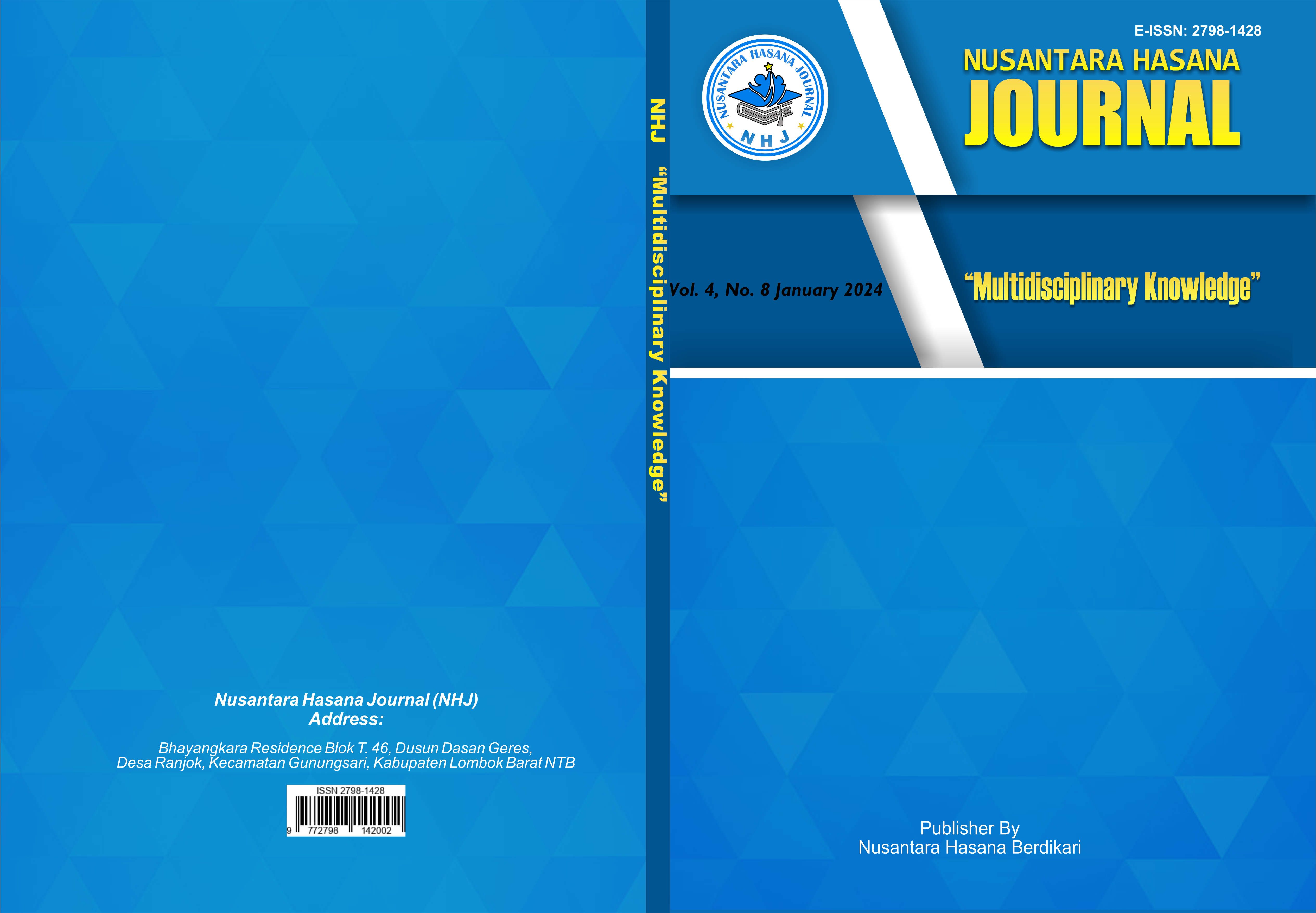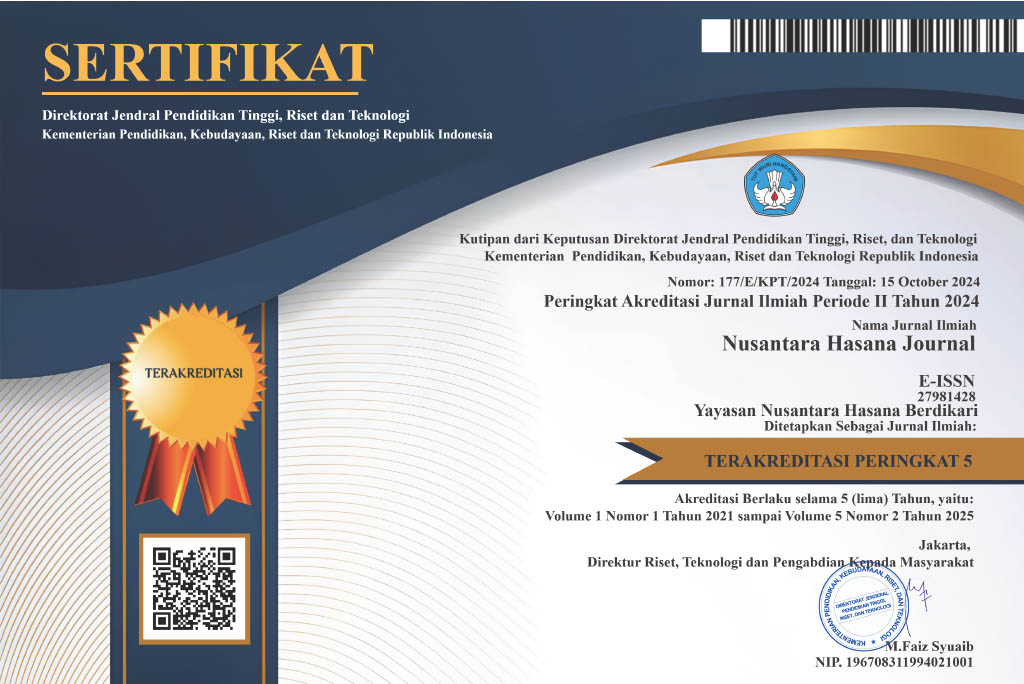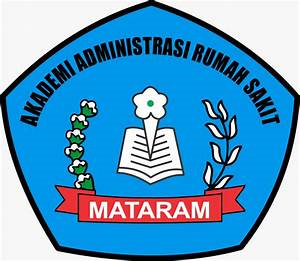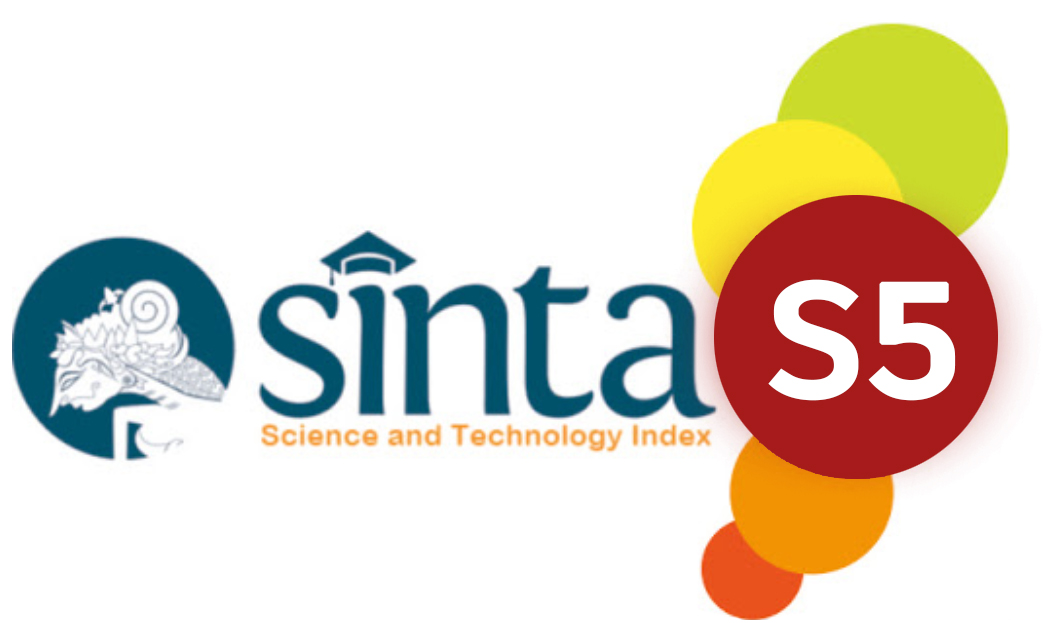PENGEMBANGAN BUKU SAKU SAINS SD MELALUI EKSPLORASI EKOSISTEM PESISIR GRESIK
DOI:
https://doi.org/10.59003/nhj.v4i8.1329Keywords:
Institutional, Local Potential, and MSMEAbstract
The purpose of this study was to develop an elementayr science pocket book through exploration of Gresik coastal ecosystems. This type of research is a development research that uses a modification of the 4D model into 3D, namely with the stages of define, design and develop which are adapted from the 4-D models (define, design, develop and disseminate). This study involved 23 students of class V UPT SDN 311 Gresik. Define is done by analyzing the beginning of the end, analyzing students and analyzing concepts. Design is done by making pocket book girds, making pocket book concept frames, making pocket book design drawings and making prototypes. Develop is done with product results, expert validation and learner response. Validation was carried out by involving media expert validators, material expert validators & language validators with the results of pocket books being very good and can be used with revisions. The pocket book that has been validated is tried to be used in learning in elementary schools with discussion and lecture learning methods, which results in the pocket book being acceptable and as a complementary source of information on ecosystem material, especially coastal ecosystems for students. Based on this, it is concluded that the pocket book is suitable for use in elementary schools as a complement to the material on the subject of Ecosystems. Therefore, it is recommended that this pocket book can be utilized as a learning resource for students and teachers in the subject of Ecosystems, especially coastal ecosystems.
Downloads
References
Fembriani, Melo, G., Wonda, H., Koro, M., & Kota, M. (2021). Pengembangan Buku Saku Ipa Untuk Meningkatkan Hasil Belajar Siswa Kelas VI. Jurnal Ilmiah KONTEKSTUAL, 3.
Hadi, S., & Novaliyosi. (2019). TIMDD INDONESIA (TRENDS IN INTERNATIONAL MATHEMATICS AND SCIENCE STUDY). EProsiding Seminar Nasional & Call For Papers. https://doi.org/10.4135/9781412957403.n438
Herowati, & Azizah, L. F. (2020). Ekplorasi Lingkungan Pesisir Kalianget Sebagai Media Pembelajaran Penunjang Pembelajaran Ipa Konstektual. LENSA (Lentera Sains): Jurnal Pendidikan IPA, 10(2), 137–156. https://doi.org/10.24929/lensa.v10i2.120
Muhammad, S. N., Listiani, L., & Adhani, A. (2018). Hubungan Antara Literasi Sains Dan Rasa Ingin Tahu Siswa Pada Materi Ekosistem. Natural: Jurnal Ilmiah Pendidikan IPA, 5(2). https://doi.org/10.30738/natural.v5i2.2935
Reizal, H., Agustiningsih, & Hutama, F. S. (2020). Pengembangan Buku Ajar Berbasis Insografis pada Tema Ekosistem untuk Meningkatkan Hasil Belajar Siswa Kelas V SD. Muallimuna : Jurnal Madrasah Ibtidaiyah, 5, 54–65. https://ojs.uniska-bjm.ac.id/index.php/jurnalmuallimuna/article/view/2879
Situmorang, R. P. (2016). Integrasi Literasi Sains Peserta Didik Dalam Pembelajaran Sains. Satya Widya, 32(1), 49. https://doi.org/10.24246/j.sw.2016.v32.i1.p49-56
Subayani, N. W. (2022). Implementasi STEM (Science, Technology, Engineering, and Mathematics) dalam kurikulum PGSD. DIDAKTIKA : Jurnal Pemikiran Pendidikan, 28. https://doi.org/10.30587/didaktika.v28i2(1).4435
Tamu, Y. (2017). Pengelolaan Ekosistem Pesisir. Islamic Review: Jurnal Riset Dan Kajian Keislaman, VI(2), 248–262. https://journal.ipmafa.ac.id/index.php/islamicreview/article/view/130
Thiagarajan, S., Semmel, D. S., & Semmel, M. I. (1974). Instructional Develoment for Traning Teacher of Exeptional Children: A Sourcebook.
Downloads
Published
How to Cite
Issue
Section
License
Copyright (c) 2025 Nataria Wahyuning Subayani

This work is licensed under a Creative Commons Attribution-NonCommercial-ShareAlike 4.0 International License.
NHJ is licensed under a Creative Commons Attribution-NonCommercial-ShareAlike 4.0 International License.
Articles in this journal are Open Access articles published under the Creative Commons CC BY-NC-SA License This license permits use, distribution and reproduction in any medium for non-commercial purposes only, provided the original work and source is properly cited.
Any derivative of the original must be distributed under the same license as the original.
























